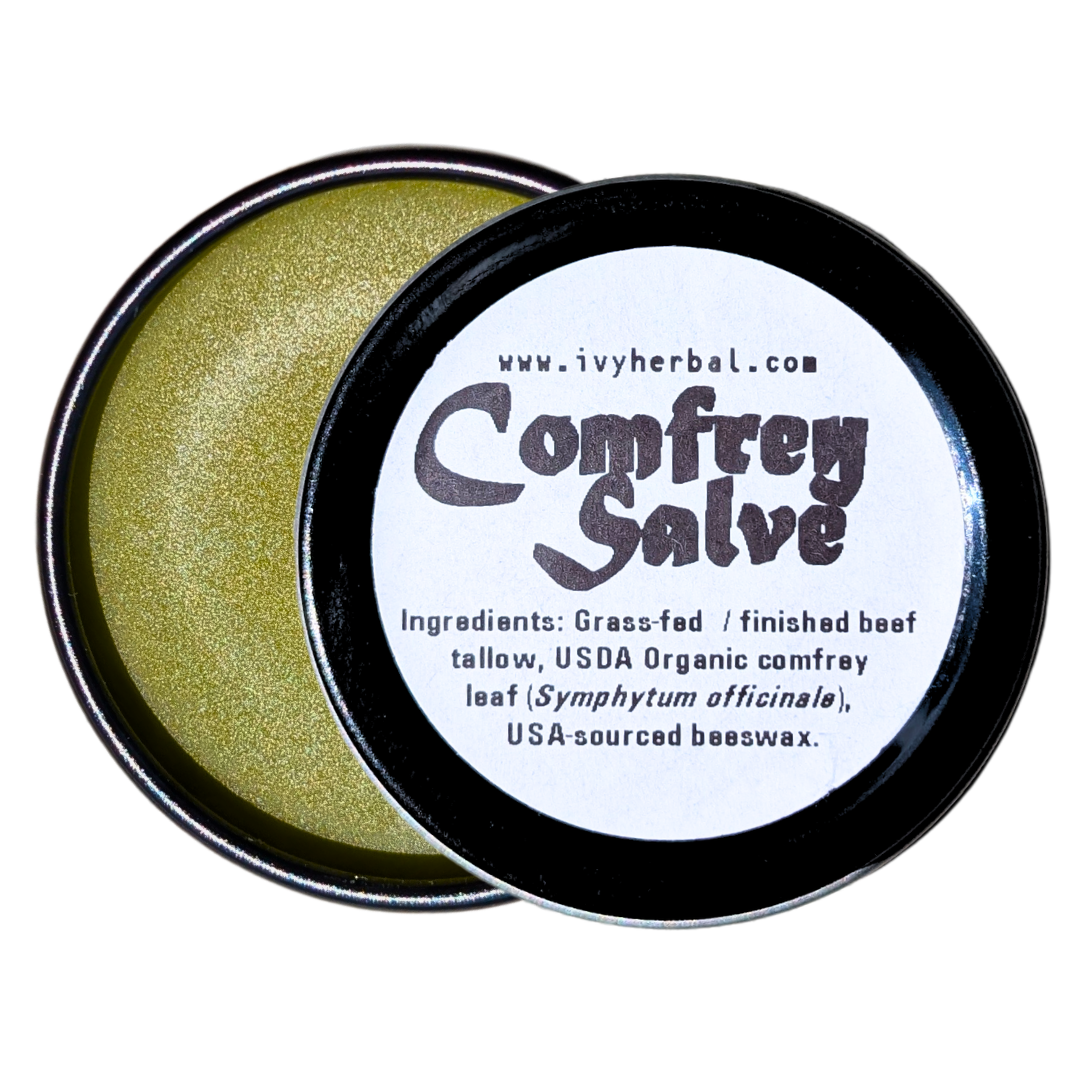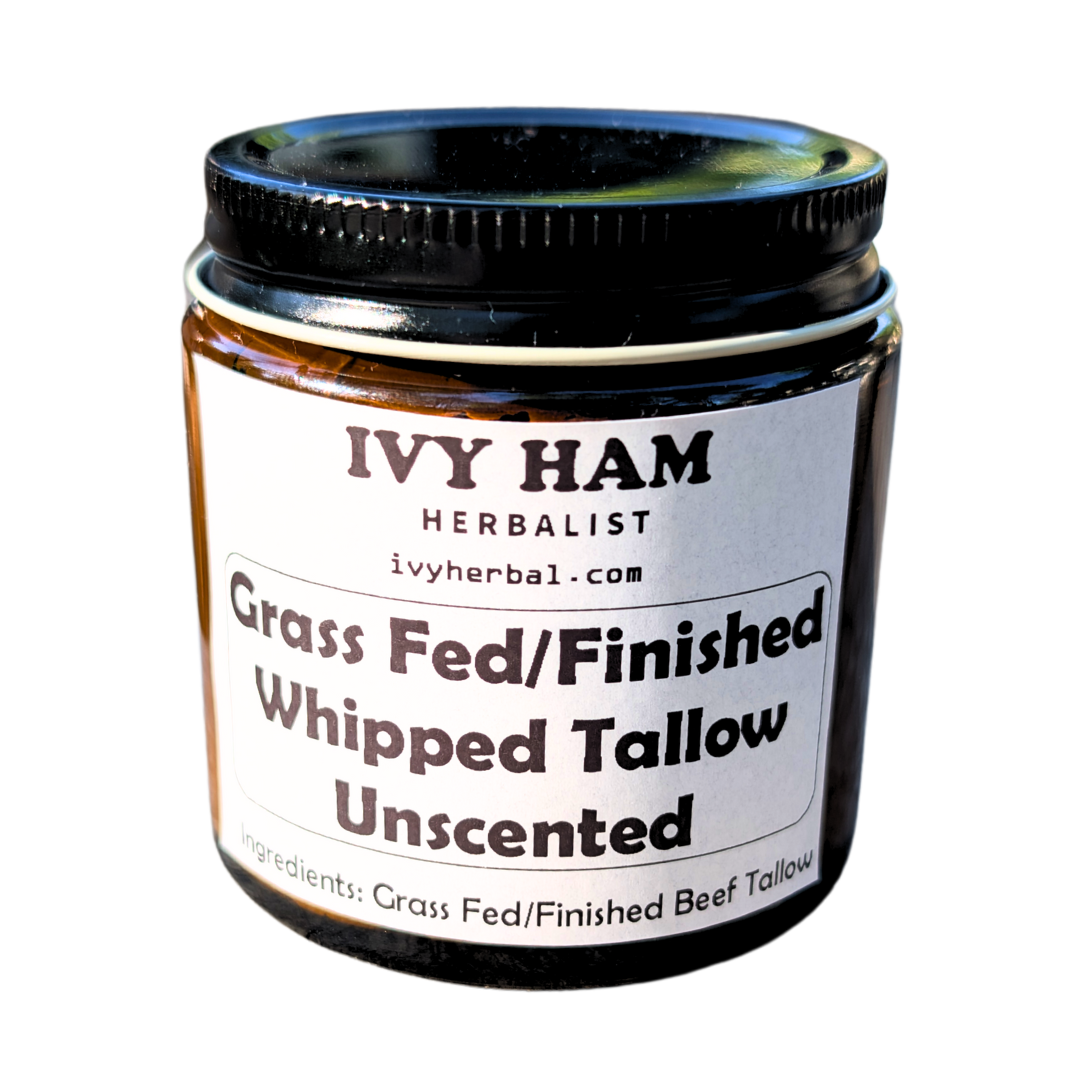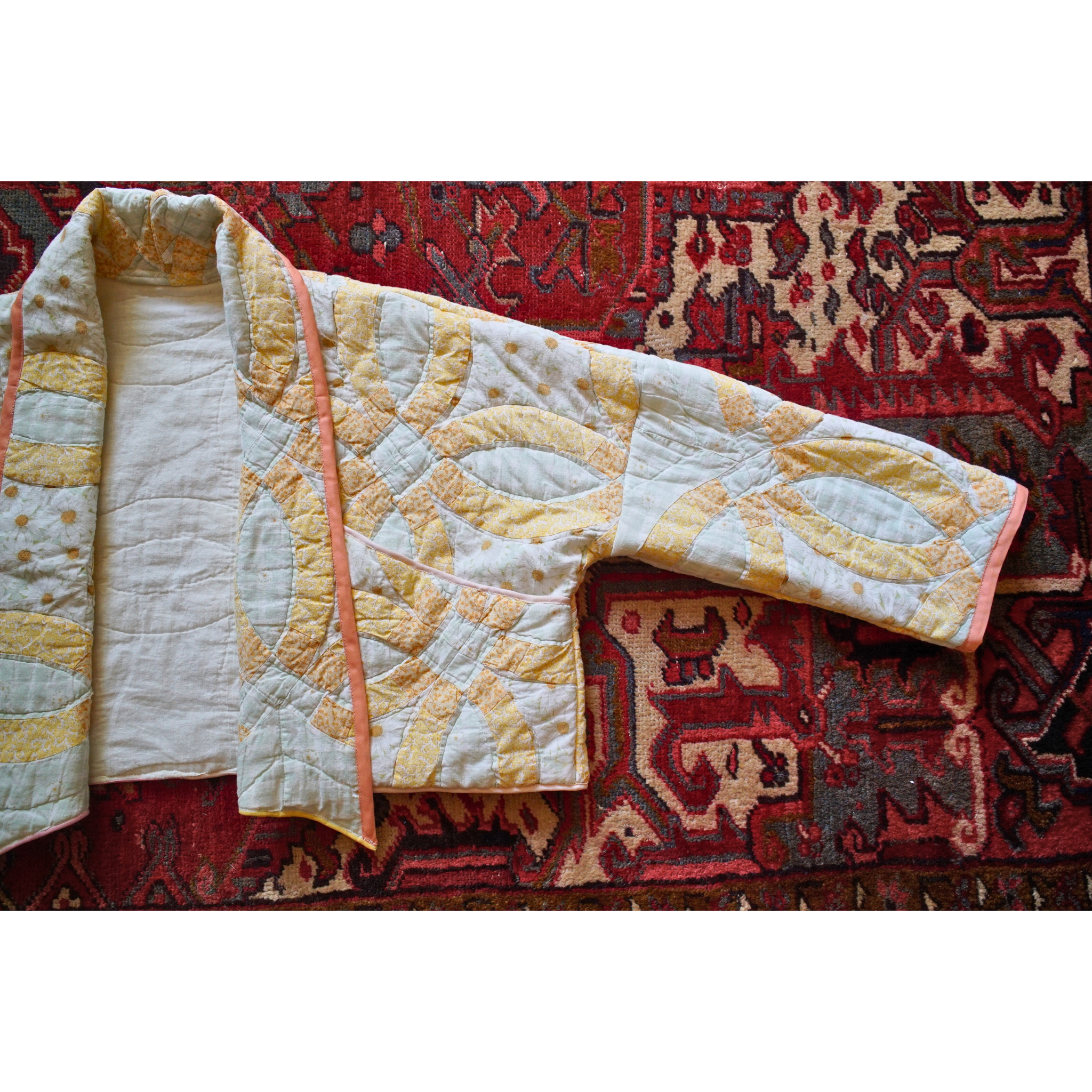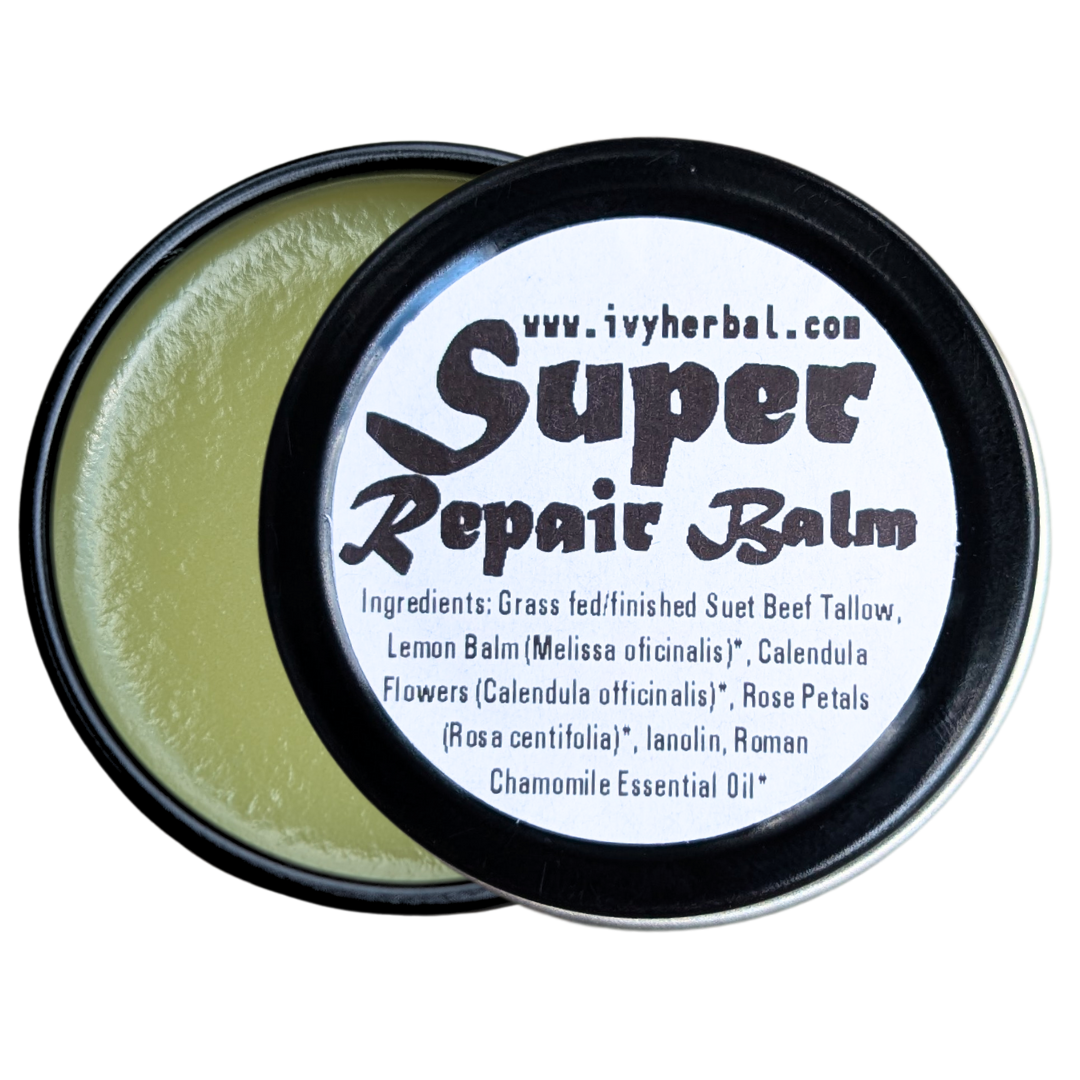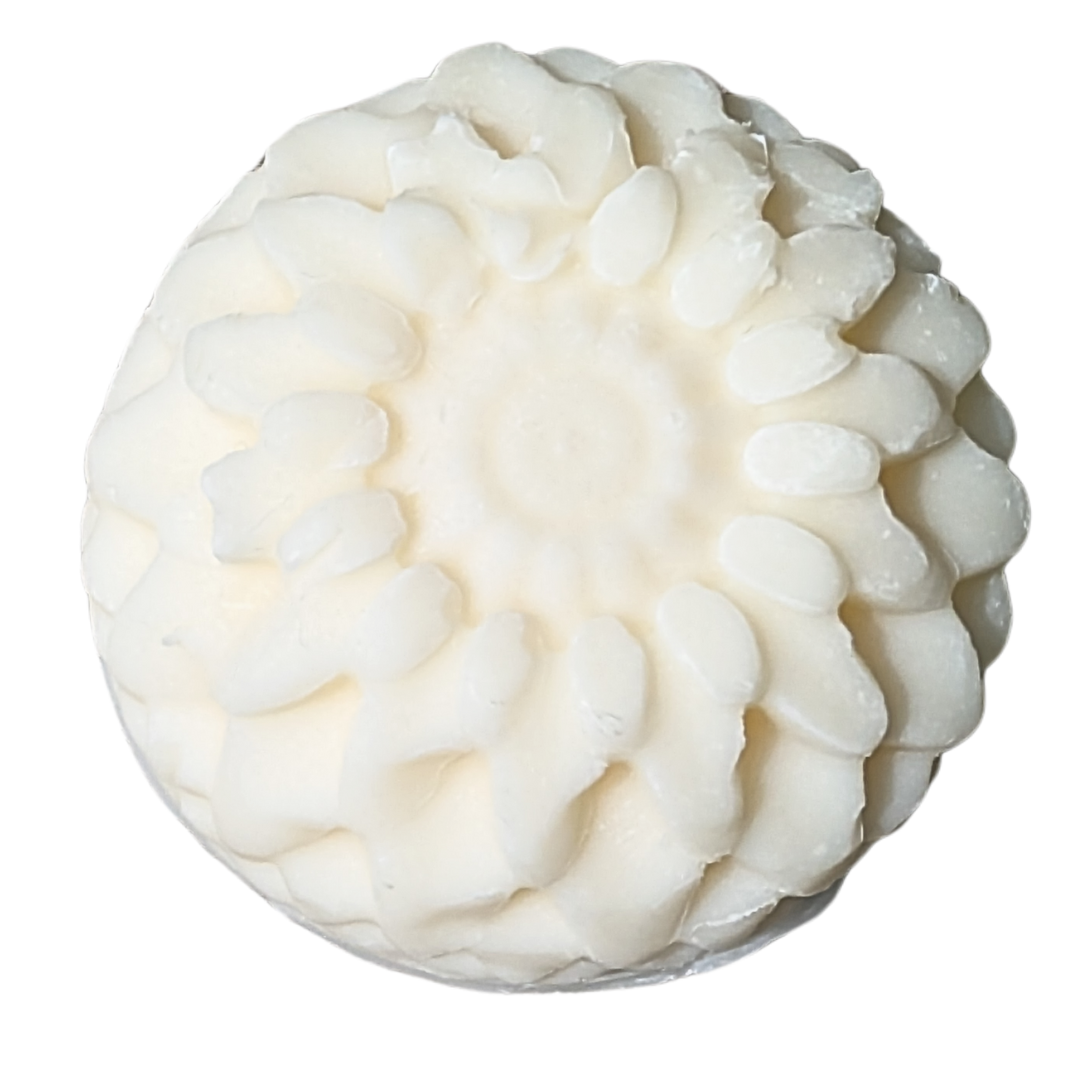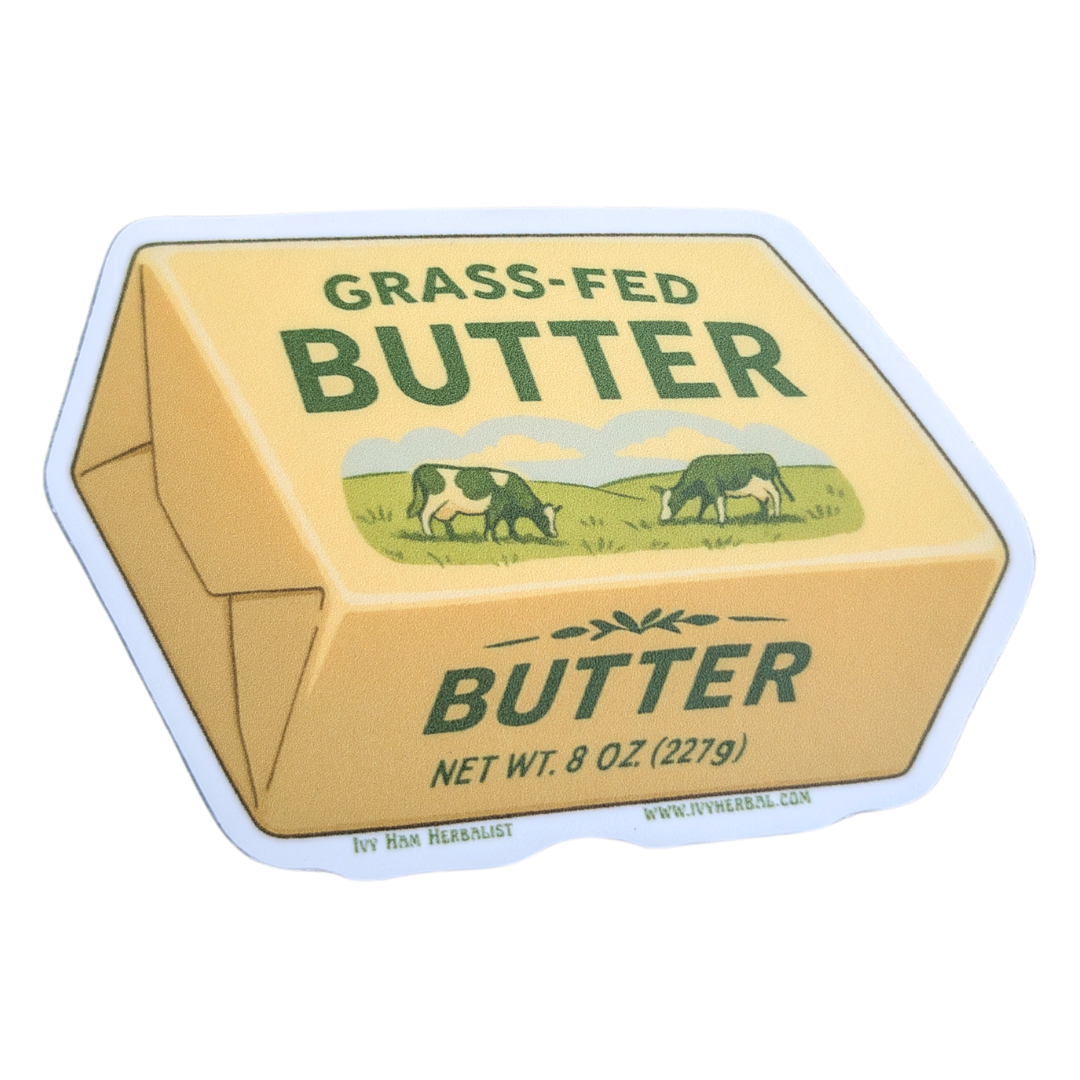Microplastics & Chemicals in Clothing
More and more every day now, we are learning the effects of long-term exposure to plastics and it's effects on our health, and it's not looking good, y'all! Plastic clothing is often contaminated with PFAS, heavy metals and other other chemicals, not to mention how they shed micro plastics which have inundated our whole earth including being found in our blood, brains and even raining down from the sky. What big oil doesn’t want you to know is that clothes made from polyester, acrylic etc are all made from petroleum.
(Some) Microplastic Studies
There are, of course, many many more than what are shown here, in humans and in animals. This is a budding area of research, so we can expect to see even more as things progress.
Microplastic characteristics in rain/snow sampled from two northern Chinese cities — Science of the Total Environment
Microplastics in the Olfactory Bulb of the Human Brain — JAMA
Microplastics as an emerging threat to terrestrial ecosystems — Glob Chang Biol
Bioaccumulation of microplastics in decedent human brains — Nature Medicine
Unseen Threats: The Long-term Impact of PET-Microplastics on Development of Male Reproductive Over a Lifetime — Advanced Science Germany
First evidence of microplastics in human ovarian follicular fluid: An emerging threat to female fertility — Ecotoxicology & Environmental Safety
Long-term exposure to polystyrene microplastics triggers premature testicular aging — Particle and Fiber Toxicology
Polystyrene microplastics trigger testosterone decline via GPX1 — The Science of the Total Environment
Adverse health effects and mechanisms of microplastics on female reproductive system: a descriptive review — Environmental Science and Pollution Research International
Detection and characterization of microplastics in the human testis and semen — The Science of the Total Environment
Source: Original Magazine UK
What Counts as Plastic?
Around 70% of all textiles produced in 2024 were made from petro-chemicals. That seems like a lot, but It actually gets worse when we look at just fast fashion brands like Shein or —now out of business— Forever21 who primarily are producing textiles made from these materials.
“Plastic” clothing includes all textiles made from:
Polyester (PET) — T‑shirts, active‑/sports‑wear, fleece. Sheds PET micro‑ and nanoplastics; inhalation or ingestion is linked to immune dysregulation and cardiovascular risks. PMC PMC
Nylon (Polyamide) — Lingerie, swimwear, tights, wind‑breakers. Nylon micro‑fibres can impair developing lung tissue and trigger inflammatory macrophage responses when inhaled. Plastic Soup Foundation
Acrylic (Polyacrylonitrile) — Sweaters, beanies, faux‑wool blankets. May release residual acrylonitrile, a respiratory‑ and skin‑irritant classified as a probable human carcinogen. CDC
Elastane / Spandex (Polyurethane elastomer) — Leggings, shapewear, athletic gear. Manufacturing residues of di‑isocyanates can cause skin sensitization and occupational asthma. PMC
Polypropylene (PP) — Thermal base‑layers, disposable non‑wovens. PP microplastics provoke lung inflammation in animal models; airborne microplastics pose broader respiratory risks. PMC PMC
Polyethylene (PE; Dyneema, UHMWPE) — High‑performance shells, sailcloth, waterproof membranes. PE particles have been found embedded in human arterial plaque, correlating with higher heart‑attack and stroke risk. Reuters
PVC (Polyvinyl Chloride) — Faux leather, shiny rainwear, accessories. Contains phthalate plasticizers (endocrine disruptors) and vinyl‑chloride residues; PVC microparticles also detected in arterial plaque. PMC Reuters
PU‑coated fabrics / Polyurethane faux leather — Imitation‑leather jackets, coated rain gear. Residual di‑isocyanates are potent respiratory irritants and a leading cause of occupational asthma. PMC Chemical Safety Facts
Bio‑based Polyester (bio‑PET) — Sugar‑/corn‑derived PET used in “renewable” collections. Chemically identical to PET, so it still sheds microplastics with the same suspected health impacts. PMC
PLA (Polylactic Acid) — Compostable athleisure, 3‑D‑printed trims. Generally biocompatible and FDA‑approved, but some bioplastic blends still show in‑vitro toxicity; long‑term human data remain limited. PMC sciencedirect.com
Grey Area Fabrics
These are fabrics that are kind of natural, but are problematic in some way that makes me more hesitant to buy— usually because of the chemicals used to make them.
Modal
Modal fabric is made from beech tree pulp, a cellulose fiber, and is considered a semi-synthetic material. While the raw material is natural, the production process involves chemicals like sodium hydroxide and carbon disulfide, which can have environmental and health impacts if not managed properly. However, modal fabric that is labeled as "eco-friendly" or "OEKO-TEX certified" may indicate more sustainable and less toxic production methods. Overall, modal can be considered less toxic than some other synthetics, but its environmental impact depends on the manufacturing practices.
Bamboo / Lyocell / Tencel
Bamboo fabric is made from the pulp of bamboo plants, but like modal, it undergoes a chemical process to convert the cellulose into fibers. The traditional method involves using harsh chemicals like sodium hydroxide and carbon disulfide, which can be harmful to both the environment and human health. However, some bamboo fabrics are processed in a more eco-friendly way through a method known as lyocell or Tencel, which uses less toxic solvents and is considered more sustainable. Bamboo fabric marketed as "OEKO-TEX certified" or "eco-friendly" typically suggests that it has been processed with safer chemicals and more environmentally conscious practices. Thus, while bamboo fabric can be less toxic than some other synthetics, the production method plays a significant role in determining its overall safety and environmental impact.
Acetate
Acetate is a fabric made from cellulose, typically sourced from wood pulp, and processed using acetic acid, which can be harmful to both the environment and the workers involved in production. While acetate is sometimes marketed as biodegradable, its manufacturing process generates chemical waste that can contribute to pollution, particularly in waterways. Though it’s derived from a natural resource, acetate is considered semi-synthetic due to the chemical processes required to produce it. Its environmental impact remains a concern, especially in terms of waste and chemical exposure during manufacturing.
Rayon
Rayon is a semi-synthetic fabric made from cellulose, typically derived from wood pulp, bamboo, or cotton. The production process involves chemically dissolving the cellulose in substances like sodium hydroxide and carbon disulfide to create fibers. These chemicals can be harmful to both the environment and human health if not handled properly. Rayon fabrics labeled as "OEKO-TEX certified" or "eco-friendly" generally indicate safer production methods. While rayon can be less toxic than some synthetics, its environmental and health impact will largely depend on the manufacturing process used.
Viscose
Viscose is another fabric made from cellulose, often derived from wood or bamboo, and involves dissolving the cellulose with chemicals like sodium hydroxide and carbon disulfide. These chemicals can be harmful to both the environment and human health if not managed properly. Like acetate, viscose is a semi-synthetic fabric that’s derived from natural resources but requires extensive chemical processing. Traditional viscose production can have significant environmental impacts, particularly regarding chemical waste and water pollution.
In addition to Being Made from
Plastic, Some Textiles are ALSO
Contaminated with Chemicals
Products purchased from these brands may be cheaper, but the reality is that you pay with your health. Even brands like GORE-TEX are implicated here because of the forever chemicals that are used to make their rain gear waterproof.
Countdown by Shanna Swan
In the book countdown, Dr Shanna swan discusses how these chemicals are leading to decreased fertility, increased risk of various cancers and how these compounds are wreaking havoc on our overall health.
Each year our fertility and birth rates decline. We need a constant supply of younger workers to support the aging population. If we continue on this trend, it could cause a full societal collapse.
Fast‑Fashion Waste at a Glance (2024)
It is more important now than ever to stop shopping fast fashion (when we are able to). If you’re gonna buy fast fashion, I highly recommend doing so from the thrift store or from another second-hand source. These garments are made to fall apart, and are responsible for a large percentage of our planets yearly waste.
92 million tons of clothing is trashed every year—that’s a garbage truck of garments dumped every second; on today’s path the total could hit 134 million tons by 2030.
US shoppers toss 81 lb (37 kg) of clothes per person each year, sending 11.3 million tons to landfill—about 2,150 items every second nationwide.
We wear our clothes 36% less than we did 15 years ago—many pieces see only 7‑10 outings before disposal.
Dyeing and finishing create > 20% of the world’s industrial wastewater and about 3% of global CO₂, making these two steps the dirtiest in the supply chain.
Under‑wearing and low recycling waste US $500 billion a year; only 12% of textile fibres get recycled because today’s multi‑material garments are hard to process.
Microplastics: synthetic garments shed about 0.5 million tons of fibres annually, accounting for ≈10% of the microplastic load in the oceans—equivalent to >50 billion plastic bottles.
Returns have their own footprint: in 2020 the US landfilled 2.6 million tons of returned items, generating 16 million t of CO₂—the same as putting 3.5 million extra cars on the road for a year.
Output keeps soaring: fast‑fashion brands now make twice as many garments as in 2000; roughly 15 % of fabric is wasted during cutting, and 60 % of pieces made in 2012 were discarded within a few years.
Sources for these stats:
https://www.cntraveler.com/story/how-to-create-a-sustainable-wardrobe
https://earth.org/fast-fashion-pollution-and-climate-change
My Switch to Natural Fibers
A few years ago I had already begun switching to natural fibers and eliminating plastics from my clothing, housewares, kitchen and bedding. Despite now having removed ~95% of my exposures as of January this year (glass/stainless steel food storage, natural fiber clothing, RO filtered water, no canned goods/sodas from metal cans), the results of a recent microplastics blood test show that I still have a significant, unknown exposure of some kind. Admittedly, there are a few things that I was eating that were packaged in plastics that are hard to avoid (grass fed beef, orange juice, and coconut water, to name a few). I know it is likely impossible to completely eliminate my exposure, but it definitely surprised me how high my levels are.
I recently was chatting about this issue with my mom and she was asking about what brand of bra I've been wearing. If you've ever shopped for a plastic-free bra, you know that this is not something you can just pick up from a department store.
I have been wearing Boody Eco Wear bras for a couple years, and the conversation prompted me to look further into the safety of that fiber. Anything close to your skin all the time like a bra or undies should be a non-negotiable plastic-free article of clothing. My bra was made with EcoTEX bamboo fiber and a little spandex. This obviously isn’t the worst option out there, but bamboo fiber is treated with chemicals to make it softer. I’m now in the process of finding a cleaner option.
Cost-Saving Ideas
Switching to natural and non-plastic items can be really expensive. I don’t think that most of us can afford to go out and replace all the plastic items in your home overnight, even if we shop secondhand. I would focus on your most used items and direct exposures first starting with items that touch your body or the food you eat directly.
Hit the thrift store! My cutest and most worn/used items have all been purchased second-hand. Obviously, I don’t think you should buy used underwear, but most kitchen items, housewares and most clothing can be purchased super cheap second-hand. Thrifted Housewares and kitchen items should always be tested for lead before use.
Replace slowly: Another way to save money is to only replace things as they wear out when you normally would have had to purchase them. This takes time, and spaces things out and allows you time to consider and “buy it for life”.
Speaking of Buy it for life — there is a reddit community that rates items and various brands in terms of how long their products last before they wear out. I have used this community to research socks and other random items, super useful.
Learn to sew! Over the last year I have been slowly teaching myself to sew using youtube tutorials and online sewing patterns. Mostly I am buying thrift store clothing that I like the fabric and cutting it up and upcycling it into something I will use/wear. It has now become something I do to relax, and I get unique, upcycled clothing out of it!
Clothing Brands I Like
That Use Natural Fibers in Most Garments
Most of these brands cater to women/feminine styles (sorry, that’s just what I wear and I don’t want to recommend anything unvetted). My man also wears all natural fibers, so I’ll include brands he likes as well.
The thrift store is even more awesome these days since there will never be any tariffs on second-hand goods.
Underwear (most important to be plastic-free IMO)
Subset — 100% Organic cotton undies! These are what I have been wearing after ditching bamboo. I wear their high-waisted brief and they are so comfortable!
Use my link to get 20% off your first order.Pact — also has organic cotton underwear, but I don’t like the fit as much as Subset.
Activewear
Mate the Label — good quality biker shorts, though a little thin and definitely show sweat (avoid lighter colors if you’re a sweaty b). Sports bras will work for up to a C cup.
Pact — leggings are good and “squat-proof” but tend to pill after just a few washes. Styles are older millennial vibe imo.
Indigo Luna — cuter yoga/activewear.
Boody — this is borderline ok. Clothing is made from bamboo fibers, which do undergo some chemical processing. You can look into that and decide how much you care.
Men’s T-Shirts (Approved by my BF Rob)
True Classic
Quince
Mate the Label
Fair Indigo
Organic Bedding
Full disclosure I have not bought all of these bedding brands before, but they are ones I considered before ultimately buying some made by Pottery Barn on eBay.
Pottery Barn — our current quilt is made from 100% Belgian flax linen
Quince
Pact - their clothes are good, so I assume their bedding would be as well
Parachute - I get ads for this brand a lot, and I love the colors they use
IKEA — a couple years ago they released a line of duvet covers made from 100% linen that we use in the colder months.
What I Look for/Buy from the Thrift Store
GAP, J. Jill, H&M, Loft
Vintage clothing often will use more natural fibers
Anything 100% linen or linen blended with other natural fibers
100% wool sweaters
Abercrombie & Fitch - often see items from this brand made with natural fibers
100% cotton bedding (usually to upcycle) - especially florals like Laura Ashley brand
Vintage cotton or linen tablecloths to upcycle
Vintage embroidered hankies to upcycle
Hand-blown glassware
Handmade baskets made from natural materials
Closing Thoughts
Anyway, these are just some quick tips on how to reduce your exposure to microplastics via textiles. The takeaway here is that we all can be a little more mindful of our exposures to these chemicals and microplastics and maybe, instead of ordering something really fast and cheap on Temu or Amazon, we can stop by our local second-hand store and see if we can find something safer for our bodies and our environment.
-
Dhaka V, Singh S, Anil AG, Sunil Kumar Naik TS, Garg S, Samuel J, Kumar M, Ramamurthy PC, Singh J. Occurrence, toxicity and remediation of polyethylene terephthalate plastics. A review. Environ Chem Lett. 2022;20(3):1777-1800. doi: 10.1007/s10311-021-01384-8. Epub 2022 Jan 13. PMID: 35039752; PMCID: PMC8755403.
Lee Y, Cho J, Sohn J, Kim C. Health Effects of Microplastic Exposures: Current Issues and Perspectives in South Korea. Yonsei Med J. 2023 May;64(5):301-308. doi: 10.3349/ymj.2023.0048. PMID: 37114632; PMCID: PMC10151227.
Plastic Soup Foundation. (2020, May 19). How damaging is breathing in microplastics? Retrieved April 22, 2025, from https://www.plasticsoupfoundation.org/nl/blog/how-damaging-is-breathing-in-microplastics
Agency for Toxic Substances and Disease Registry. (n.d.). ToxFAQs™ for acrylonitrile. Centers for Disease Control and Prevention. Retrieved April 22, 2025, from https://wwwn.cdc.gov/TSP/ToxFAQs/ToxFAQsDetails.aspx?faqid=446&toxid=78
Bello D, Herrick CA, Smith TJ, Woskie SR, Streicher RP, Cullen MR, Liu Y, Redlich CA. Skin exposure to isocyanates: reasons for concern. Environ Health Perspect. 2007 Mar;115(3):328-35. doi: 10.1289/ehp.9557. Epub 2006 Nov 28. PMID: 17431479; PMCID: PMC1849909.
Tomonaga T, Higashi H, Izumi H, Nishida C, Kawai N, Sato K, Morimoto T, Higashi Y, Yatera K, Morimoto Y. Investigation of pulmonary inflammatory responses following intratracheal instillation of and inhalation exposure to polypropylene microplastics. Part Fibre Toxicol. 2024 Aug 6;21(1):29. doi: 10.1186/s12989-024-00592-8. PMID: 39107780; PMCID: PMC11301944.
Lee Y, Cho J, Sohn J, Kim C. Health Effects of Microplastic Exposures: Current Issues and Perspectives in South Korea. Yonsei Med J. 2023 May;64(5):301-308. doi: 10.3349/ymj.2023.0048. PMID: 37114632; PMCID: PMC10151227.
Lapid, N. (2024, March 6). Plastic lodged in arteries may be linked to higher risk of heart disease and death. Reuters. Retrieved April 22, 2025, from https://www.reuters.com/business/healthcare-pharmaceuticals/plastic-lodged-arteries-may-be-linked-higher-risk-heart-disease-death-2024-03-06/
Wang Y, Qian H. Phthalates and Their Impacts on Human Health. Healthcare (Basel). 2021 May 18;9(5):603. doi: 10.3390/healthcare9050603. PMID: 34069956; PMCID: PMC8157593.
Bello D, Herrick CA, Smith TJ, Woskie SR, Streicher RP, Cullen MR, Liu Y, Redlich CA. Skin exposure to isocyanates: reasons for concern. Environ Health Perspect. 2007 Mar;115(3):328-35. doi: 10.1289/ehp.9557. Epub 2006 Nov 28. PMID: 17431479; PMCID: PMC1849909.
American Chemistry Council. (n.d.). Polyurethanes & diisocyanates. ChemicalSafetyFacts.org. Retrieved April 22, 2025, from https://www.chemicalsafetyfacts.org/chemicals/polyurethanes-diisocyanates/
Lee Y, Cho J, Sohn J, Kim C. Health Effects of Microplastic Exposures: Current Issues and Perspectives in South Korea. Yonsei Med J. 2023 May;64(5):301-308. doi: 10.3349/ymj.2023.0048. PMID: 37114632; PMCID: PMC10151227.
Zimmermann, L., Dombrowski, A., Völker, C., & Wagner, M. (2020). Are bioplastics and plant-based materials safer than conventional plastics? In vitro toxicity and chemical composition. Environment International, 145, 106066. https://doi.org/10.1016/j.envint.2020.106066












